Jacinta Stonestreet recalls with perfect clarity the moment her daughter Isla took her first steps. She remembers Isla’s jagged, tottering progress across the room, the determination in her daughter’s big brown eyes, and the satisfied smile that spread across her face as she reached her mother, and lifted up her chubby hands in excitement.
The day a toddler takes her first steps is always momentous, but for Jacinta, it was particularly memorable, as Isla was born without the lower half of her right leg, and her first steps were taken with the aid of a prosthetic.
Nearly two years later, Isla can run, dance and scooter as well as any three-year-old. Like many pre-schoolers, she loves Frozen, Barbie and anything that comes in the colour pink. “She’s got a good sense of humour,” says Jacinta, raising her eyebrows towards her daughter, who is, at that moment, skipping around the family’s living room in Newcastle in a pink tutu sprinkled with diamantes. “She’s pretty much like any other little girl.”
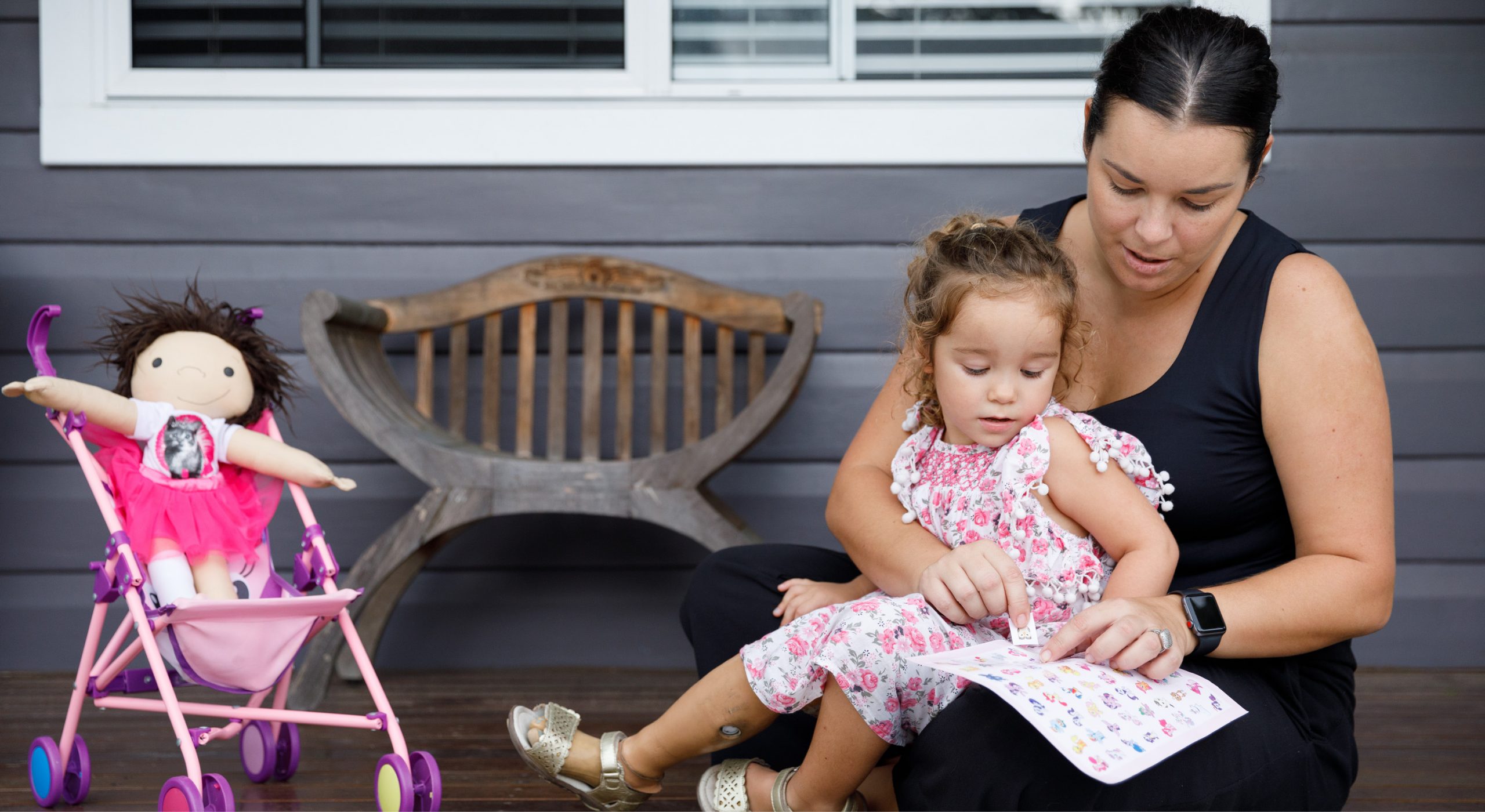

Jacinta didn’t always allow herself to imagine such a rosy future. When an ultrasound revealed, in-utero, that Isla was missing a leg, Jacinta was devastated. ““I thought, ‘I can’t do this,’” she tells me matter-of-factly. It was only later, once she’d realised that Isla would be otherwise unaffected, that she “clicked into reality”.
After the ultrasound, Isla was diagnosed with Amniotic Band Syndrome, where strands of the amniotic sac wrap themselves around limbs, cutting off blood supply and causing amputation. It’s rare and completely random, but Isla will otherwise grow up to be a healthy child.
In the months that followed, as Jacinta, a property manager, researched her daughter’s condition, she stumbled across something (or someone) that would bring comfort to both her and Isla in years to come. In the US, she discovered a dollmaker who created handmade dolls for children with physical differences, called A Doll Like Me. Jacinta ordered one of the dolls, and when it arrived 18 months later, it looked exactly like Isla, with brown hair, brown eyes and a prosthetic leg. “Isla and I sat in the kitchen and opened [the package], and she just looked at it and took the leg off straightaway.”
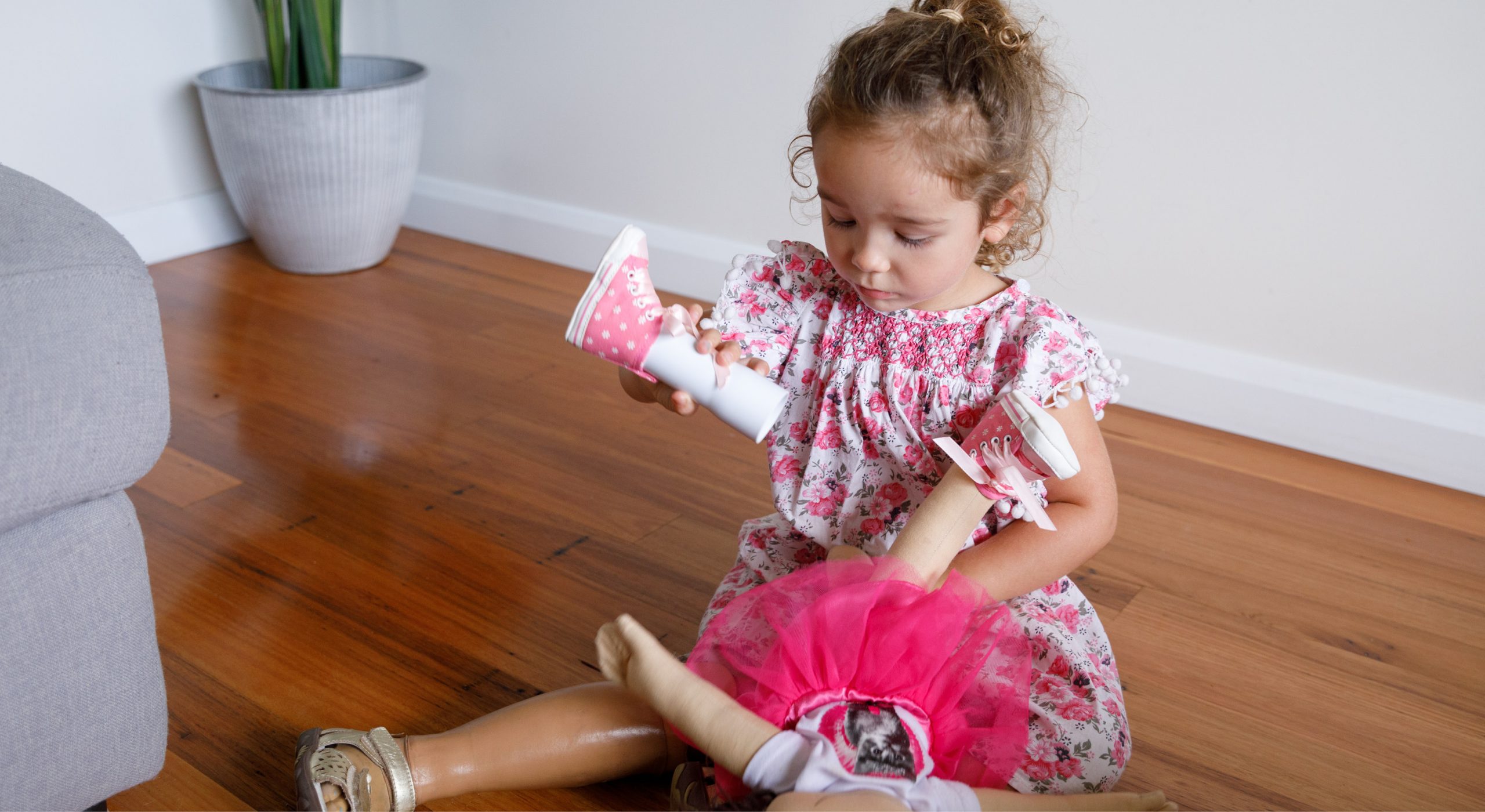

Today, the doll – christened “Twinkletoes” by Isla – accompanies the preschooler to ballet and daycare and takes pride of place in her bedroom. For Isla, the arrival of Twinkletoes marked the first time she’d ever seen her appearance reflected in one of her dolls.
For Jacinta, the handmade doll was a special gift – a doll, sure, but also a small but significant way for her to help Isla feel accepted. After all, she points out, the world inadvertently conspires to make Isla feel different in so many subtle ways every day, from the pairs of plastic Disney princess shoes that line her wardrobe (of which she can only wear one) to the way people stare on the street.
“I want Isla to grow up being happy and confident,” she says. “Right now, she’s fine at day-care… but it’s school that worries me. The older kids….” She trails off. “I just want her to be treated like everyone else. A doll like this is just about making her feel included. It’s just a special idea.”
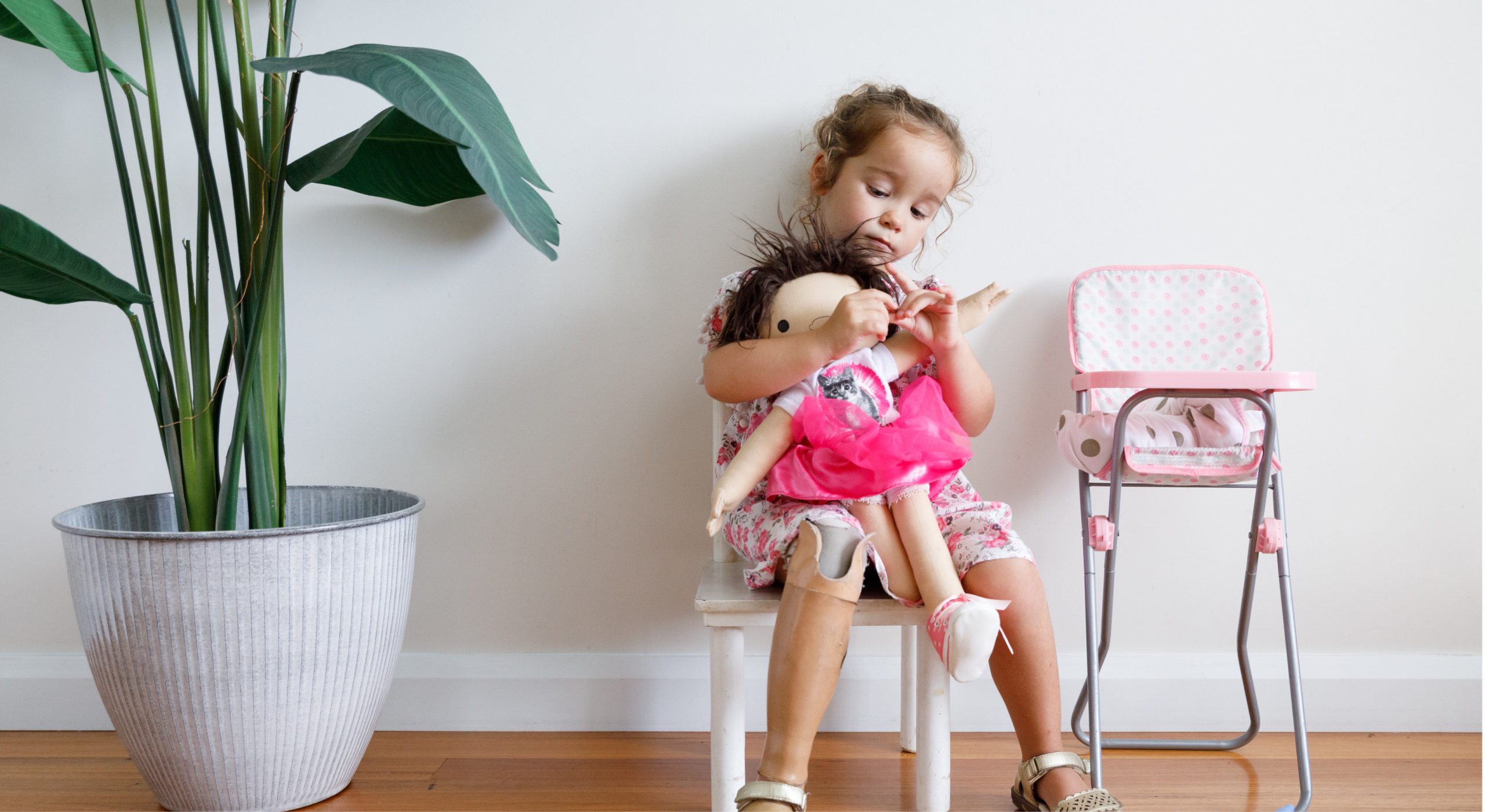

This is exactly the kind of comment that Amy Jandrisevits hears every day. The dollmaker and former social worker behind A Doll Like Me has been making dolls for children with physical differences since 2014 and estimates that she’s created more than 300 over the years. Many, like Isla’s, end up in Australia. “I send about one a week out of the country and Australia is fairly common.”
Amy, a keen dollmaker, launched A Doll Like Me from her kitchen table in Wisconsin after a friend’s friend asked her create a doll that looked like her daughter, an amputee.
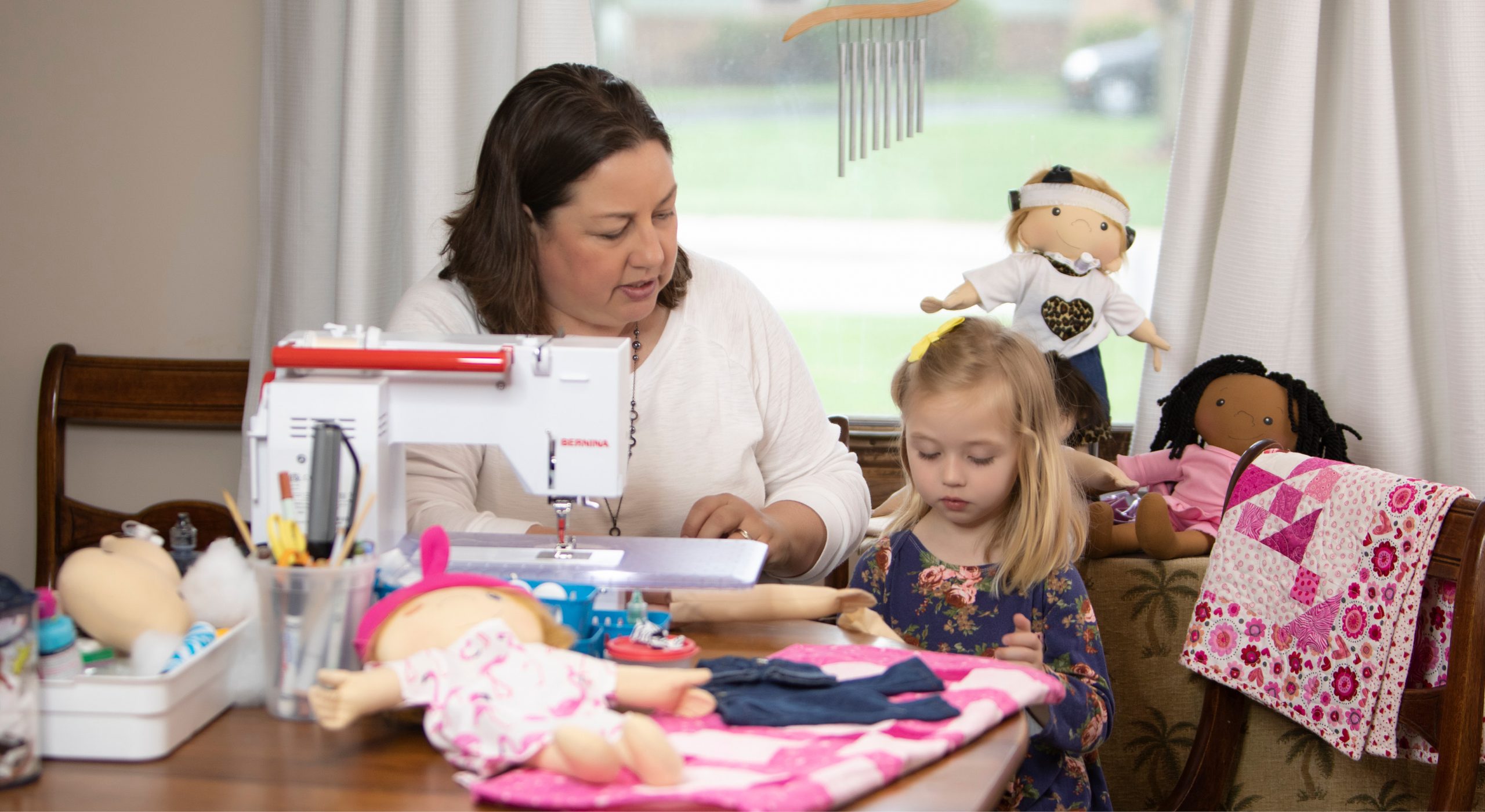

Since then, she’s created dolls for children with missing limbs, facial differences and albinism, as well as for burns victims and children with significant scarring following operations. “I’ve come to realise that there are thousands of kids who will never be able to walk into a store and say, ‘Oh my gosh, that [doll] looks like me’” says Amy. “And that matters.”
It matters, says Amy, who previously worked in a hospital’s children’s cancer unit, because dolls are an “integral part” of any child’s play. “It’s unrealistic to expect, say, a child of colour, who is bald from cancer, to look at the face of a blond-haired, blue-eyed princess and say, ‘Ok I’ll pretend that’s me’. And yet we ask them of that all the time.”
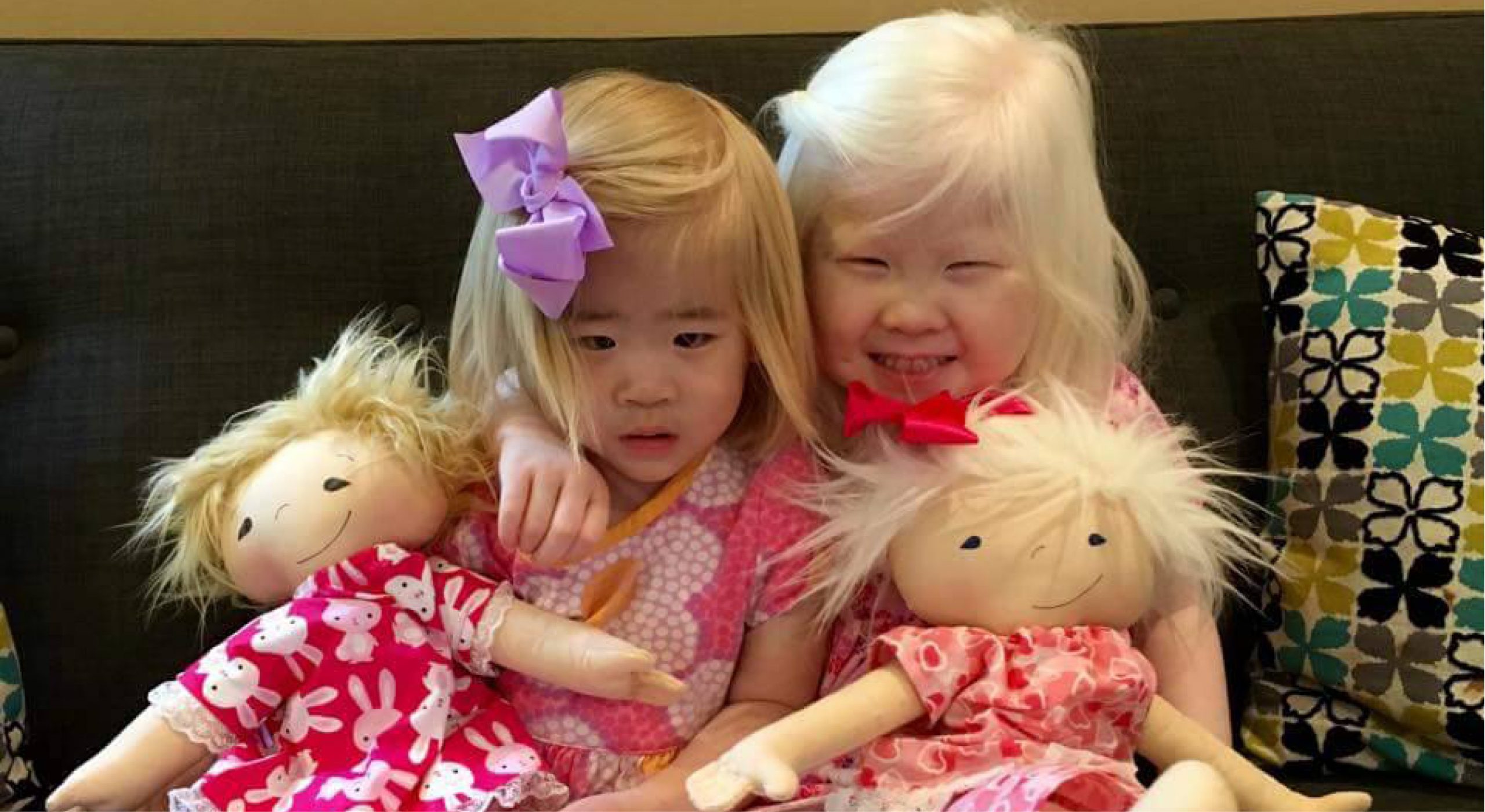

When Amy started A Doll Like Me, few toymakers produced dolls that were anything other than blonde-haired, blue-eyed All-American caricatures. “I think that if we’re going to be a global community that values mental and emotional health, we have to realise that self-image is a big part of that.
She adds that while the dolls aim to boost their young owners’ self-esteem, they often have an even broader impact. “They change the narrative. So, instead of, ‘My gosh, what’s wrong with your kid?’ it’s ‘That’s really cute – they have a doll that looks like them’.”
The parents who contact Amy are often desperate; their children having suffered devastating accidents or been recently diagnosed with terminal illnesses. Amy, who has three children herself, admits it can be heartbreaking work. “But I feel like the day it stops affecting me is the day I stop doing this.”
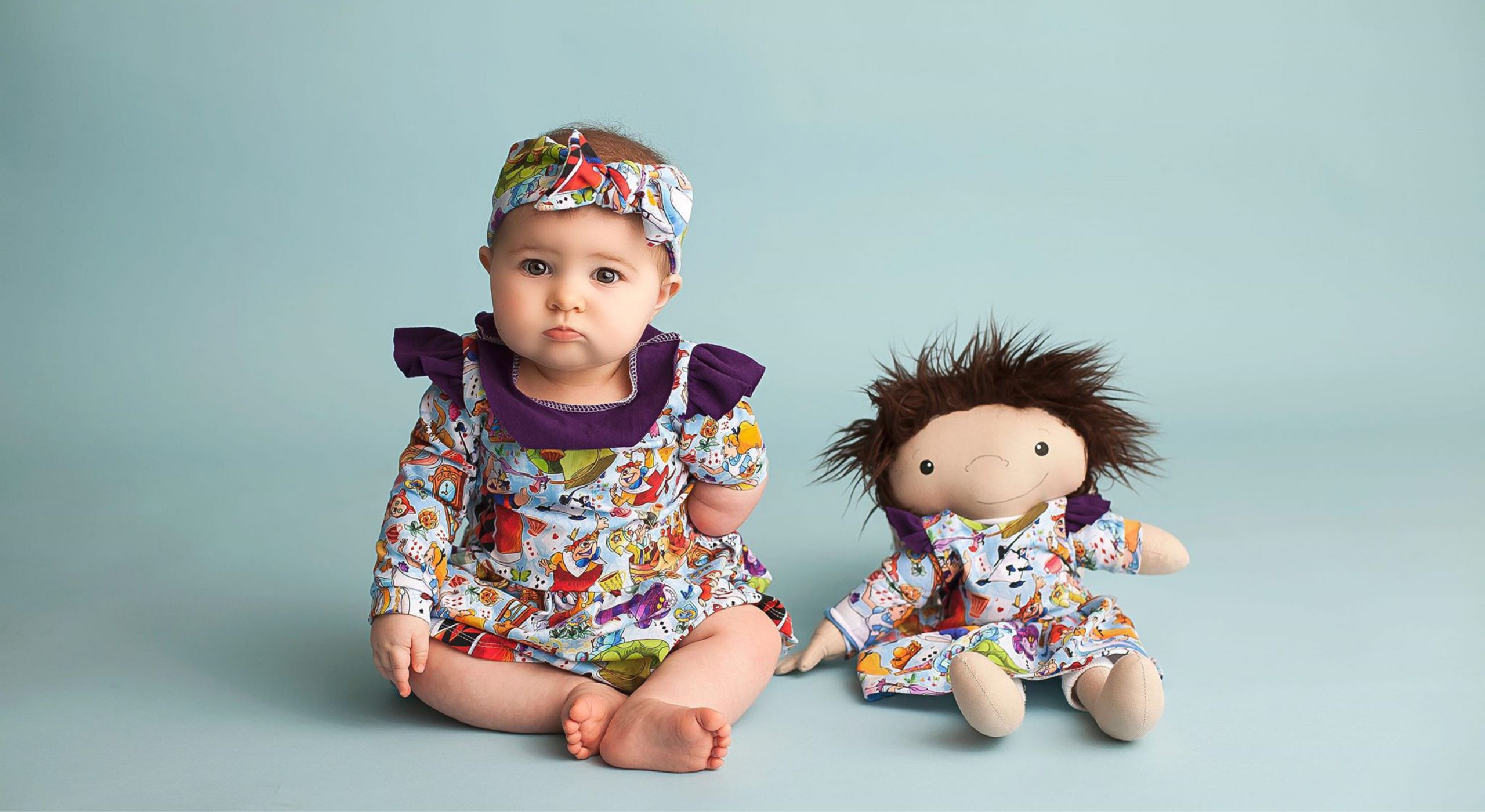

The dolls have been so popular that there is now a five-year waiting list, but Amy always accommodates urgent requests. “I got a request just this week from a girl with a stage-four brain tumour. I prioritise children with a terminal illness because they really need it. I mean, they all do. But a doll could be really beneficial to a family in that situation, and if the child is terminal then this [doll] is what the family will have left of that child.” One family that she stays in touch with, took the doll on holiday after their child died “as a kind of therapy”, she says.
Each doll takes upwards of six hours to make, and Amy uses photographs of the child to ensure it cleaves as closely as possible to their appearance. Over the past year she’s attracted enough fundraising to provide the dolls to families for free. “My ideal goal is that as a global community, we will fund these for families. I want to be able to say to them, ‘The same people you feel judged by are the same ones who got together to pay for this for you. I think that’s a really powerful message.”
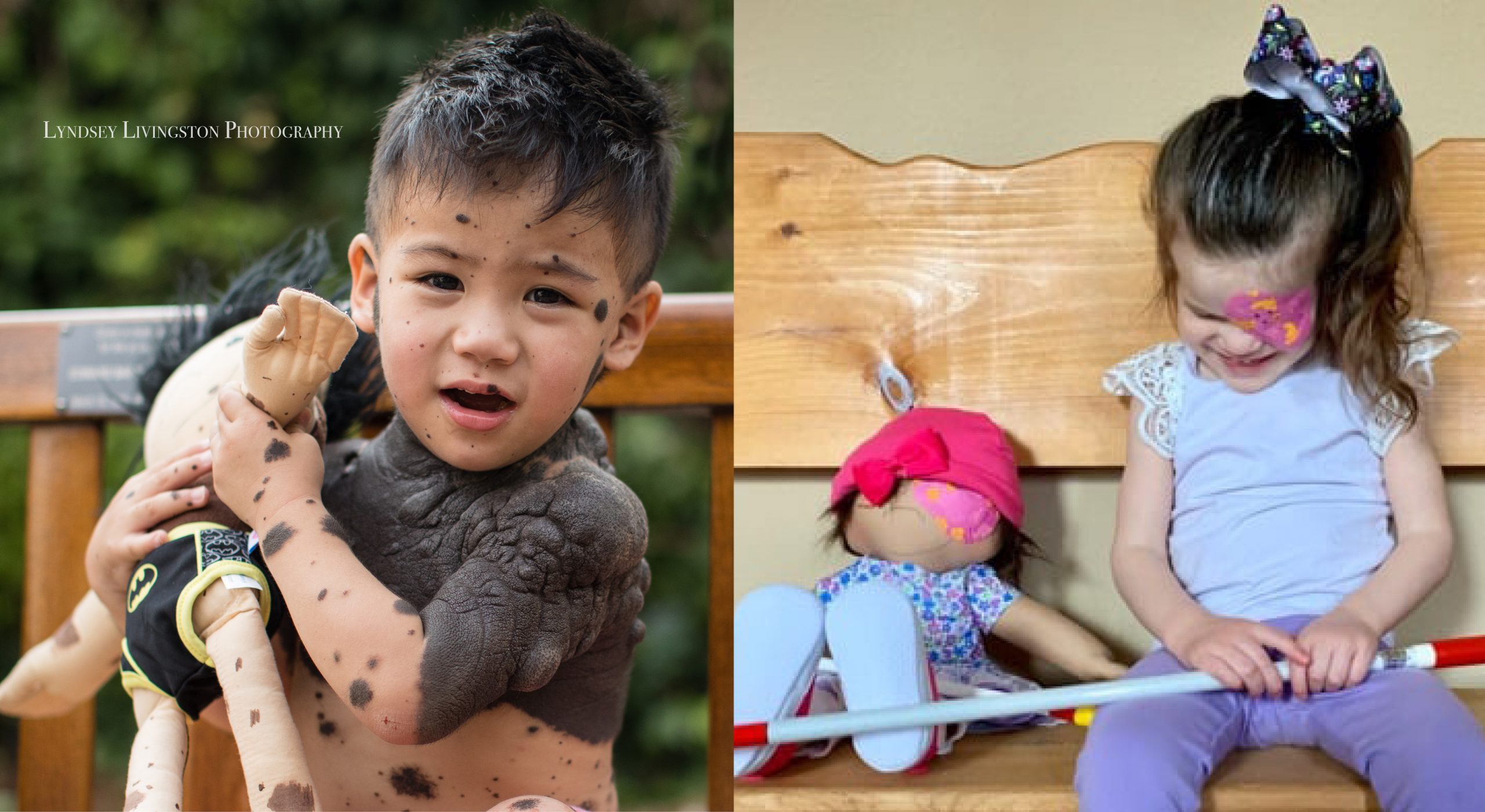

It’s a message that resonates with Mandy Leslie, who lives in Sydney’s western suburbs with her husband and their twin five-year-old daughters, one of whom, Callie was born without fingers on her left hand.
From the moment of diagnosis, Mandy says her family faced judgment. Callie’s hand difference was detected at an early scan, and Mandy says the sonographer was overly discouraging, suggesting that the hand difference probably indicated other, more serious issues, and urging them to undergo further, risky, testing. “We walked away devastated and in shock.”
Over the years, Mandy says there have been other, uncomfortable episodes at playgroups or with young children in public. “Mostly though, people stare at them because they’re twins, and don’t even realise her hand, which is a blessing.”
On the day I visit, Callie and her sister Phoebe are sitting at a small plastic table in matching pink polka-dot outfits, deep in concentration amongst coloured paper and crafts. They are surrounded by a jumble of toy prams, dolls houses, and endless books and activities.
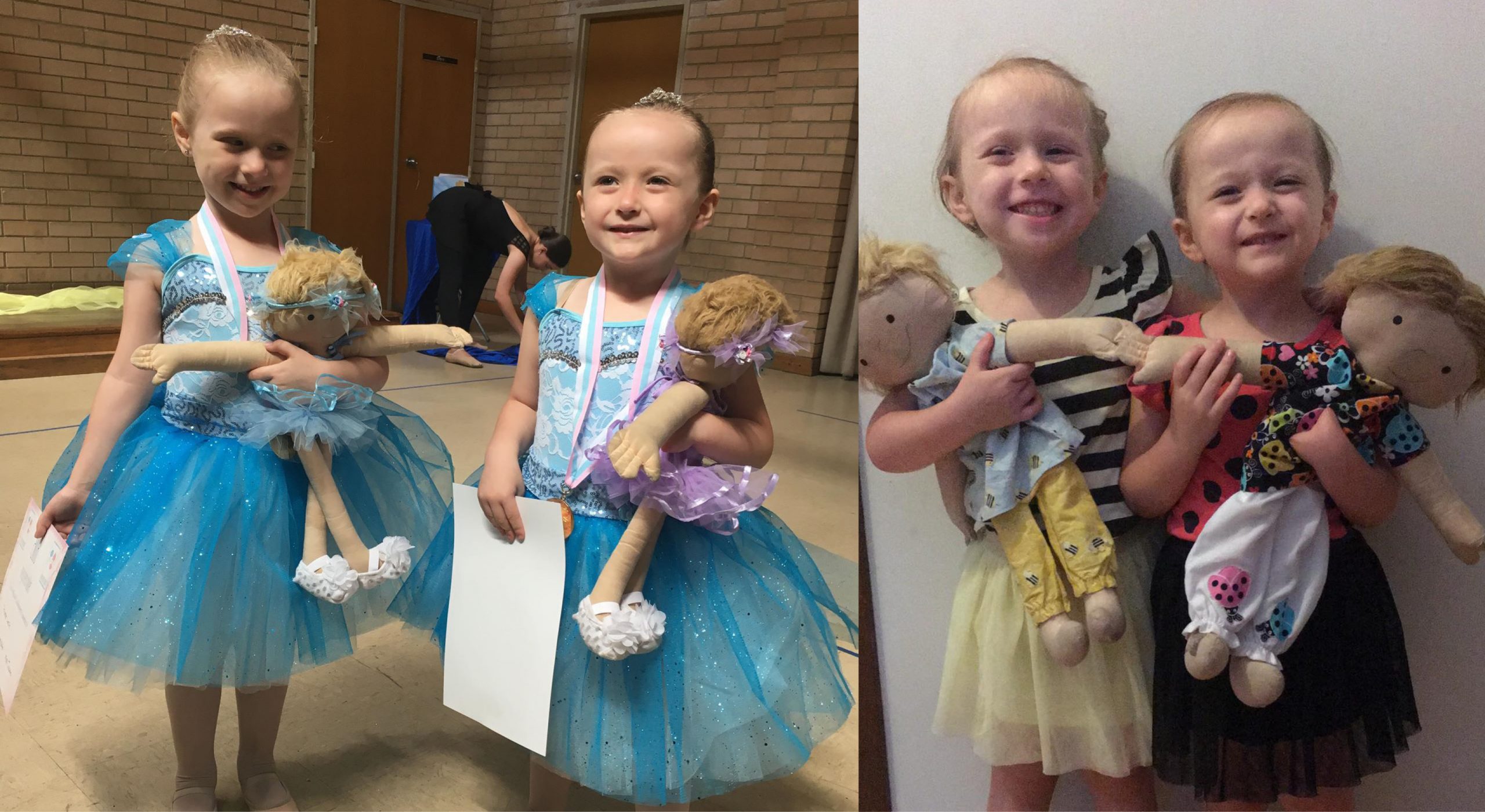

The family received two A Doll Like Me dolls – one for Callie and one for Phoebe – when the twins were six months old, and since then the dolls haven’t left the girls’ sides.
“They go most places with us, if we go on holidays, they have to come,” laughs Mandy, who says that “Little Callie” as she’s known has become a kind of confidant for her daughter. “As she’s grown up, she’s talked to her doll about her feelings. So, we would hear how she felt by listening to her talk to her doll when she thinks we’re not listening… she would say things like ‘You look like me’ or ‘I love you because you look like me’.”
Mandy looks emotional as she articulates the comfort this has provided her and her husband. “She’d never told us about her feelings by herself. To hear her talk to her doll like that – to know that she feels she has someone or something to talk to, because she can’t talk to us yet, is really important.”
As she’s grown up she’s talked to her all about her feelings
For Melbourne mother Becky Pratt, the value of her daughter’s A Doll Like Me emerges during times of stress. “She doesn’t carry it everywhere. But it comes out at times of anxiety, like when she started school or the school concert.”
Her daughter Amelie was born without a lower left arm and hand and received her doll – “Sally-doll” – just before her third birthday. Today she is seven, and questions about her physical differences are increasingly common. “She’ll say, ‘I wish I had two hands. I wish I was like everyone else, and we have to tell her that she’s not made to be like everyone else – she’s made to do a certain thing, whatever that thing is.”
Sally-doll helps reinforce the idea that everyone is different, says Becky. The fact that it’s a one-of-a-kind doll that’s been created just for her makes Amelie feel even more special.
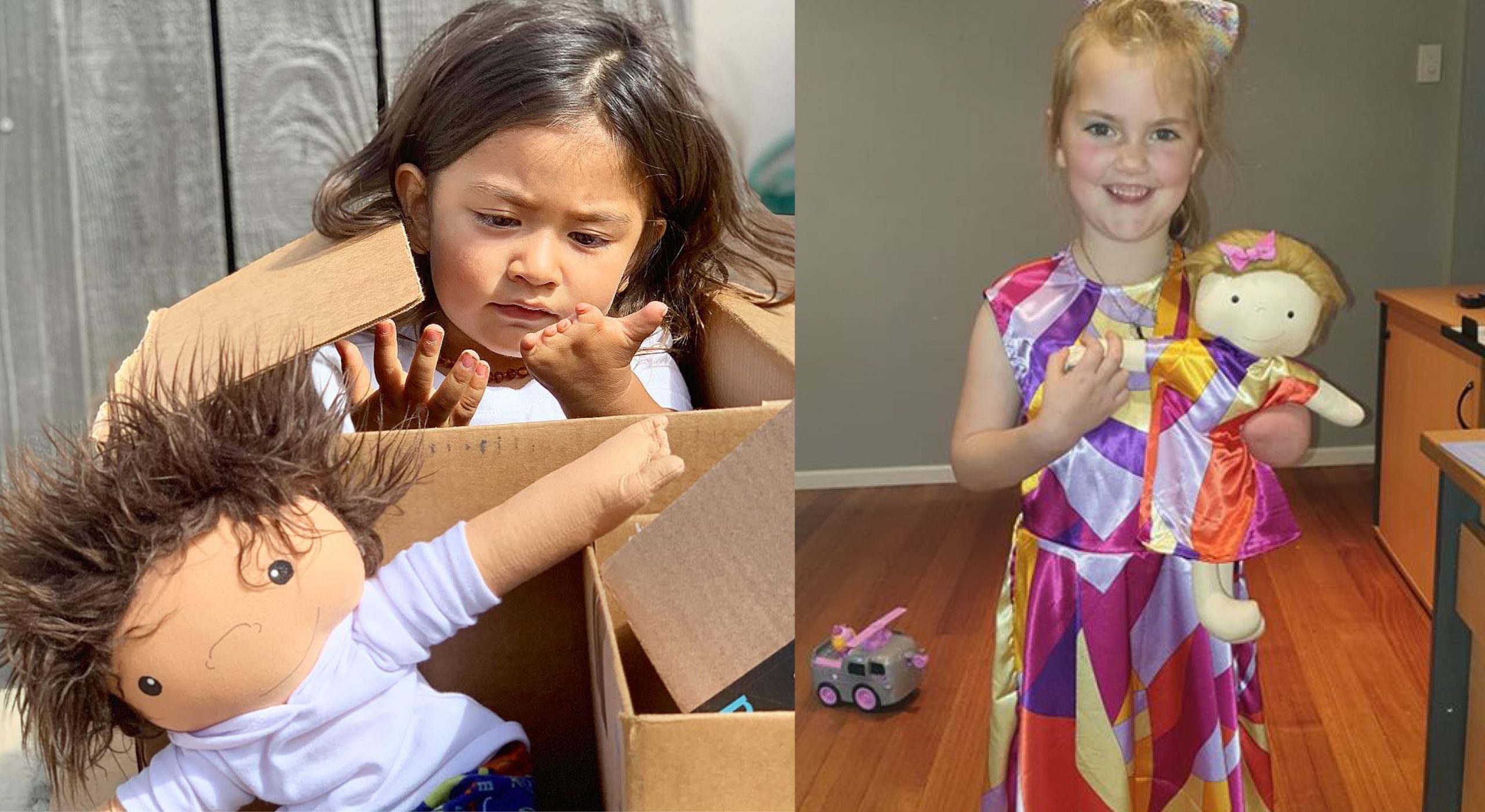

Becky, like Mandy, is one of the many A Doll Like Me parents and their families who remain in contact with Amy, years after receiving their dolls. “I think that after I’ve spent time making this doll for them,” explains Amy, “I felt like I know them really well.”
It’s clear that Amy is fiercely protective of the children she’s helped. “Why don’t these kids have a place at the table?” she asks at one point. “Why aren’t they the kids that we see in books and media and the movies? Hopefully the media changes in these kids’ lifetimes,” she continues. “But while they’re little, it probably won’t. So, the next best thing is to show them something that does [reflect their appearance], so they can look into the face of something and say, ‘That is me’.”
You can donate to A Doll Like Me here.




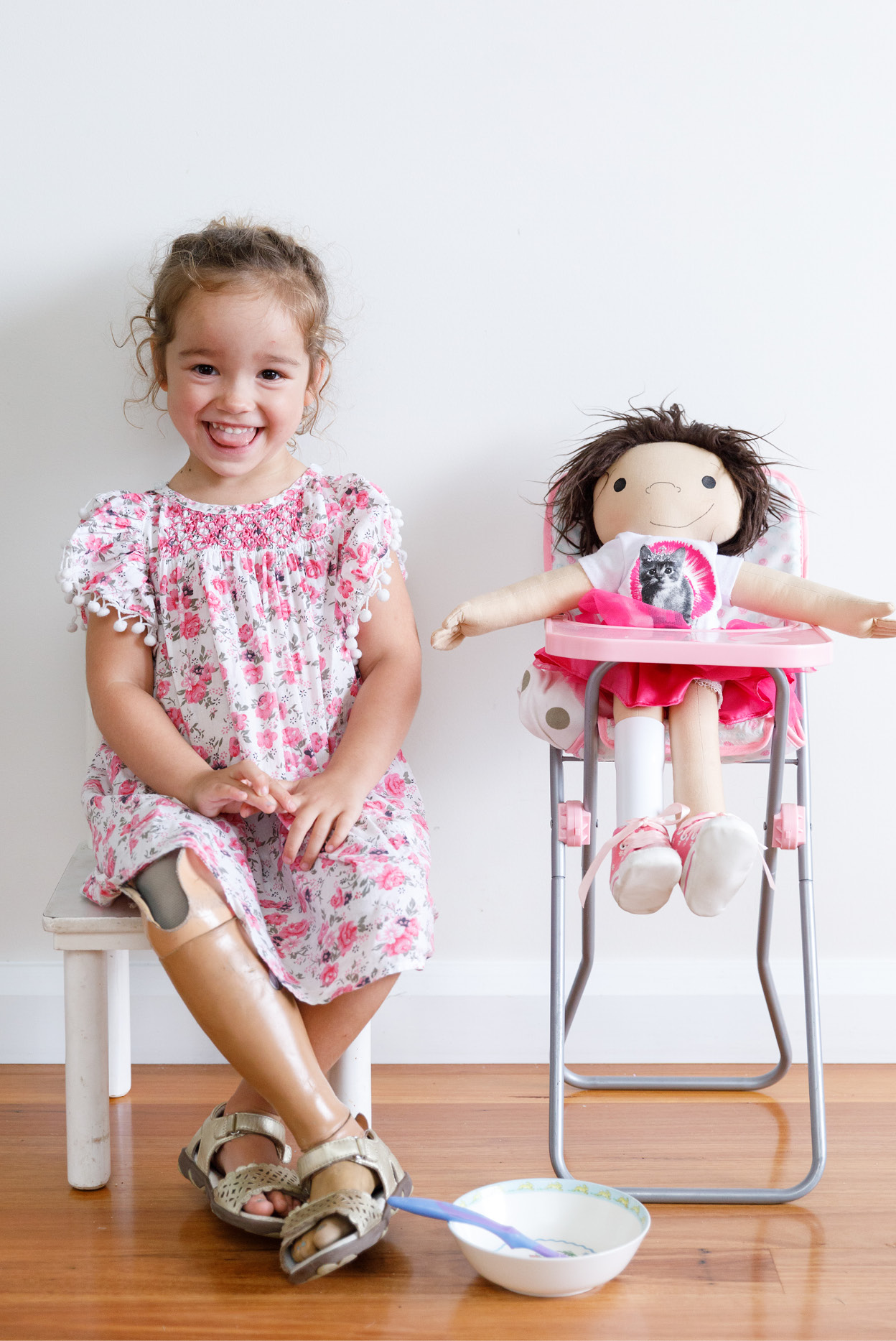
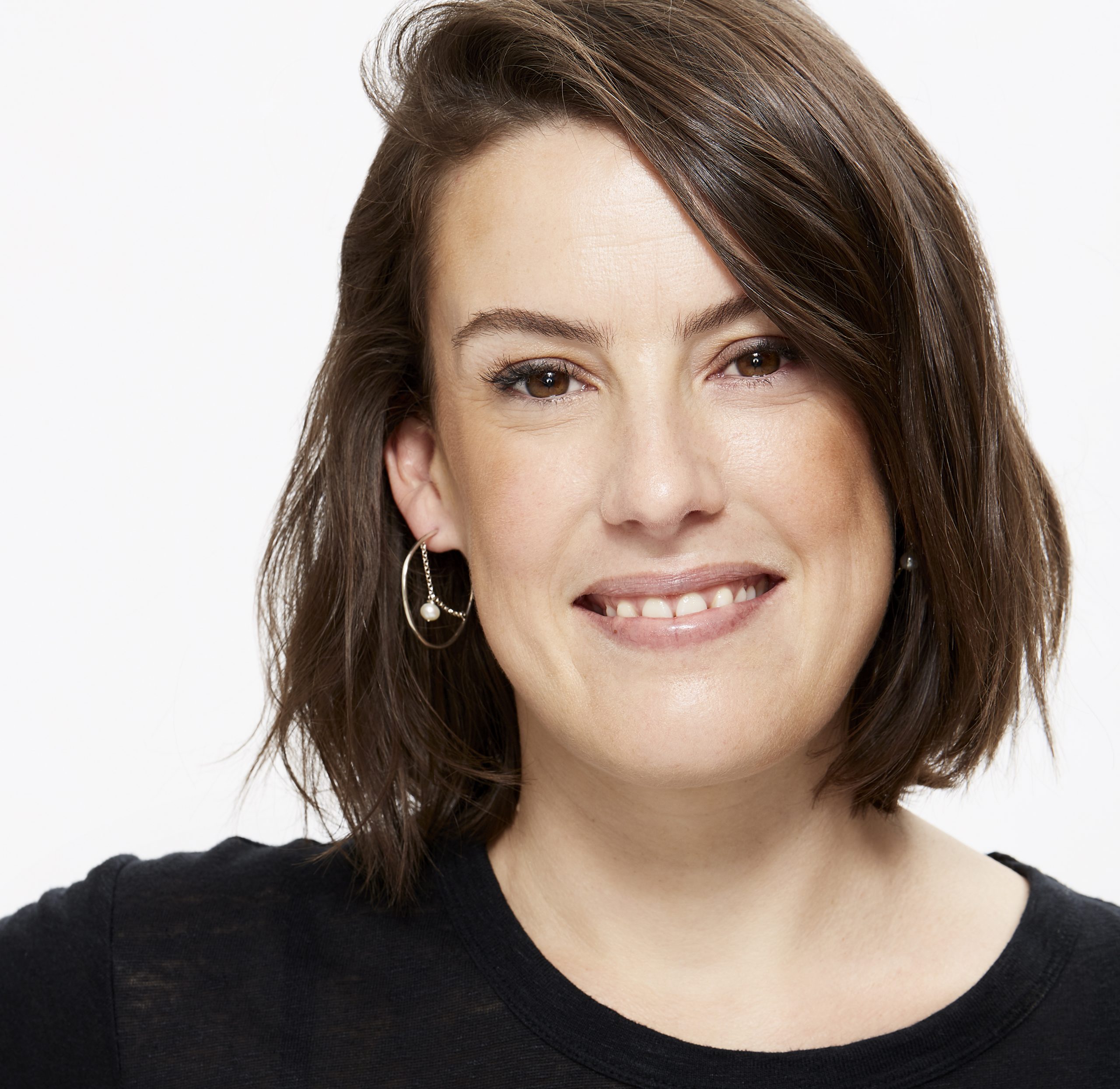


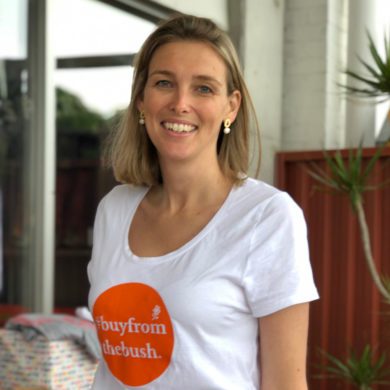
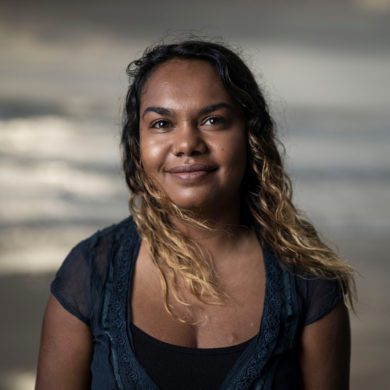
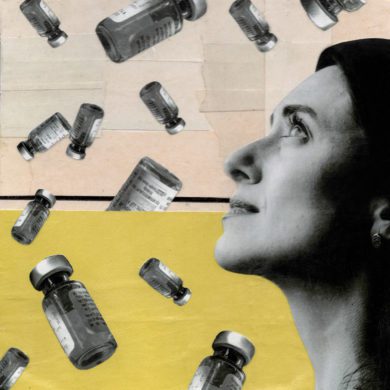
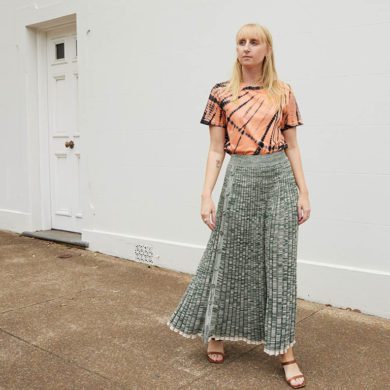


No Comments